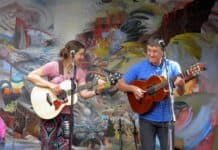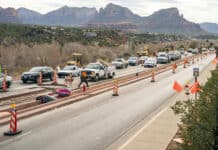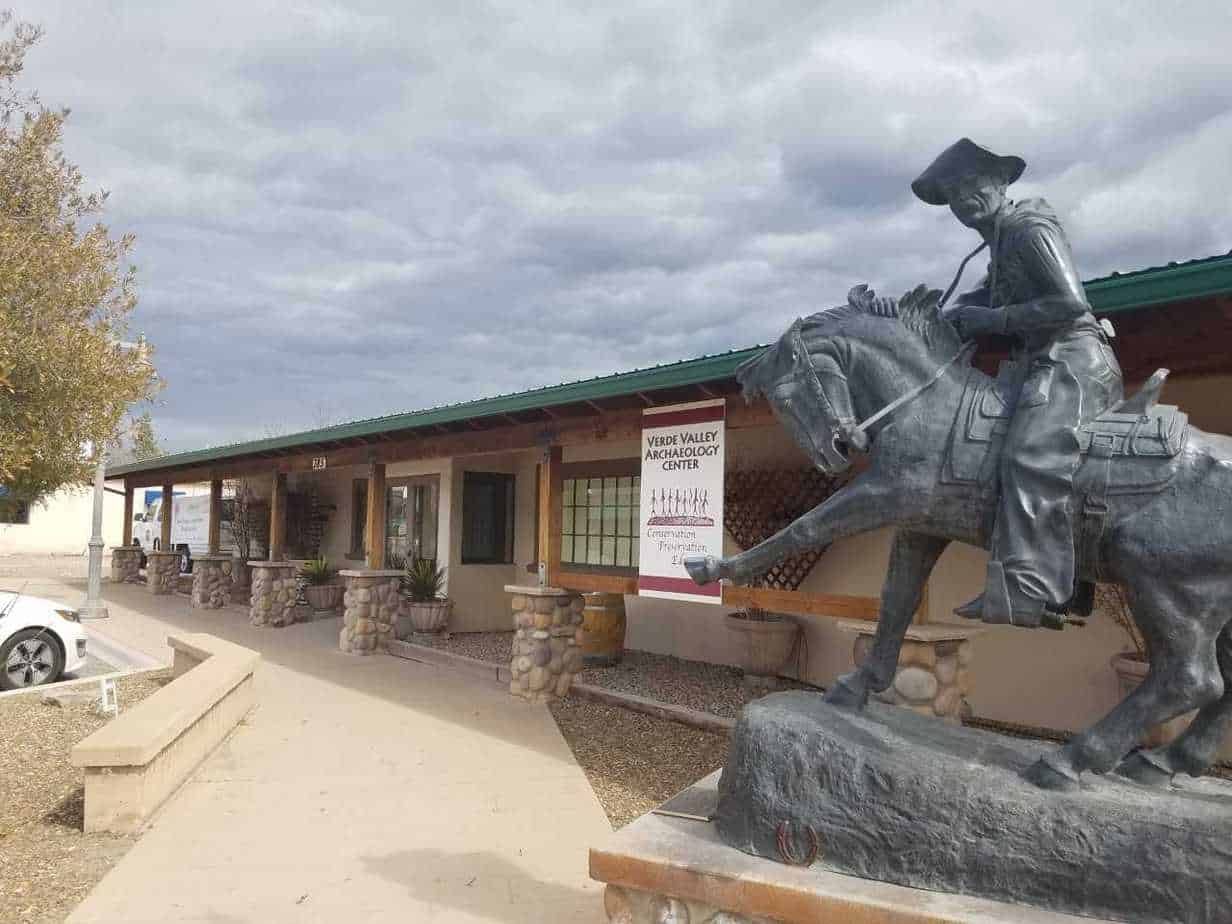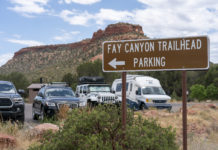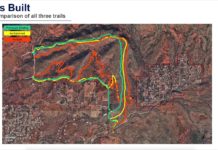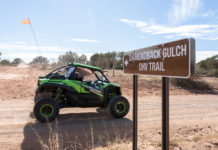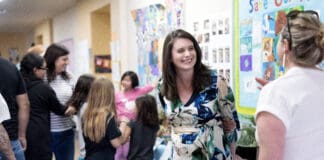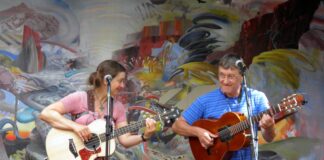When Ken Zoll visited one of the more than 2,500 catalogued archaeological heritage sites in the Verde Valley roughly a month ago, he and his colleagues were dismayed to see signs of human tampering and digging.
His concerns were anything but abated when shortly thereafter he saw evidence of more significant digging at yet another site — this time, so fresh that the perpetrator(s) left behind a bucket and shovel.
Zoll is the executive director of the Verde Valley Archaeology Center, a nonprofit in Camp Verde separate from the Arizona Archaeological Society that acts as a repository/museum for archaeological artifacts. He knew that the sites were part of the Arizona State Parks & Trails’ Site Steward Program, which was created to monitor and perhaps even deter human desecration of sacred and historically significant sites.
“It was like, ‘What the heck is going on with this program?’” Zoll said.
After doing some digging of his own, Zoll discovered that what had once been an active group of more than 70 volunteer site stewards working lock-step with the state and U.S. Forest Service had devolved into a nebulous affair.
“For about the last year and a half or so, that program in the Verde Valley has been dormant for a variety of bureaucratic reasons,” he said.
Zoll explained that the previous coordinator of the program had been irreparably discouraged by interactions with the Forest Service regarding several issues, the most paramount being whether USFS’ mandatory annual agreement forms guaranteed insurance coverage and worker’s compensation for the site stewards who signed them.
Zoll stepped in and implored the Forest Service to be more responsive, even going so far as to contact the Region 3 headquarters in Albuquerque.
By the time specific issues were resolved, it was too late, Zoll said — the damage had been done. The program was still without strong leadership to provide clear and up-to-date information regarding steward expectations, so some volunteers didn’t renew their commitment.
According to Zoll, the backsliding couldn’t have come at a worse time; curious tourists and thrill-seeking locals alike have increasingly been uploading footage of their visits to remote archaeological sites, a sizable portion of which are known to site stewards but not the general public. Some off-trailblazers have even discovered entirely new sites. Zoll said most of this social media buzz comes with all of the hype but none of the appeals to responsible site appreciation.
“Unless they put a fence around [a site] and declare it a heritage site with established hours, you can walk anywhere in the national forest you want,” Zoll said.
“There is nothing that prevents you from doing that. That’s why this program is so important, somebody needs to be out there so they don’t think that it’s out in the wilderness and nobody’s going to see this thing.”
Zoll decided that the Verde Valley Archaeology Center should step in and breathe new life into the state’s floundering program. VVAC will now be in charge of recruiting, training and directing new site stewards, as well as rekindling the 50-some remaining volunteers’ zeal for stewardship. It isn’t the first time VVAC has filled a void.
Zoll said that, before he and seven other retirees founded the VVAC in 2010, treasures found in the Verde Valley would be sent — according to state protocol — to either Sharlot Hall Museum in Prescott or the Arizona State Museum in Tucson, where they’d likely sit in the basement, accessible only to researchers. However, Zoll said he expects helping manage the site steward program to be a much easier task than founding a whole new repository.
“There are approximately 125 sites out of the 2,500 that USFS wants monitored, nearly all of which are easy to get to,” Zoll said.
Volunteers will be expected to visit assigned sites just a handful of times a year, check for activity and report on the condition of the sites following a certain protocol. Site assignments will be shared amongst multiple stewards to help create a continuous, watchful presence. Stewards will also be briefed on the location of especially fragile sites that the general public likely doesn’t know exist and will be entrusted to retain that level of secrecy.
Kent DeWyk, a volunteer who joined the VVAC about a year ago, said he hopes the training sessions will be on an as-needed basis.
“We have to train people right when they’re interested and not keep them waiting,” DeWyk said. Though some of the specifics are still being configured, training will occur in the VVAC’s meeting room.
Motion-sensor cameras are already in place at some of the most remote archaeological sites, but Zoll said he hopes to also install aluminum signs notifying adventurers of the site’s surveillance. The signs will be placed near the farthest-off sites, but not on official trails, so as to avoid the risk of inadvertently attracting people to the sites.
Zoll stressed that the biggest boost to the program aside from VVAC’s new management role is the fact that Arizona State Parks has recently welcomed a new site steward coordinator in Sean Hammond. According to Zoll, Hammond is bringing a new energy and purpose to an agency that was marred by site protection controversies last year. Hammond was unavailable for comment.
On Saturday, March 2, VVAC hosted an informational open house for those interested in becoming a steward. Annette Moody of Cottonwood was one person eager to join.
In addition to being part Apache, Moody worked on Native American site preservation for several years at the University of Utah before moving to Arizona in 2012. She said that the official adoption of the state line of Texas divided her family; some of her ancestors moved further west, creating some roots here in Arizona. Moody said she sees the program as an opportunity to preserve not just history, but a sense of belonging.
“It doesn’t matter if you’re European, African or native to the Americas, if each one of us preserved our own personal lineage, then all the cultures of the world would be preserved,” Moody said.
“I’m doing my part here. I always say, ‘You can’t know where you are going until you know where you’ve been.’”




